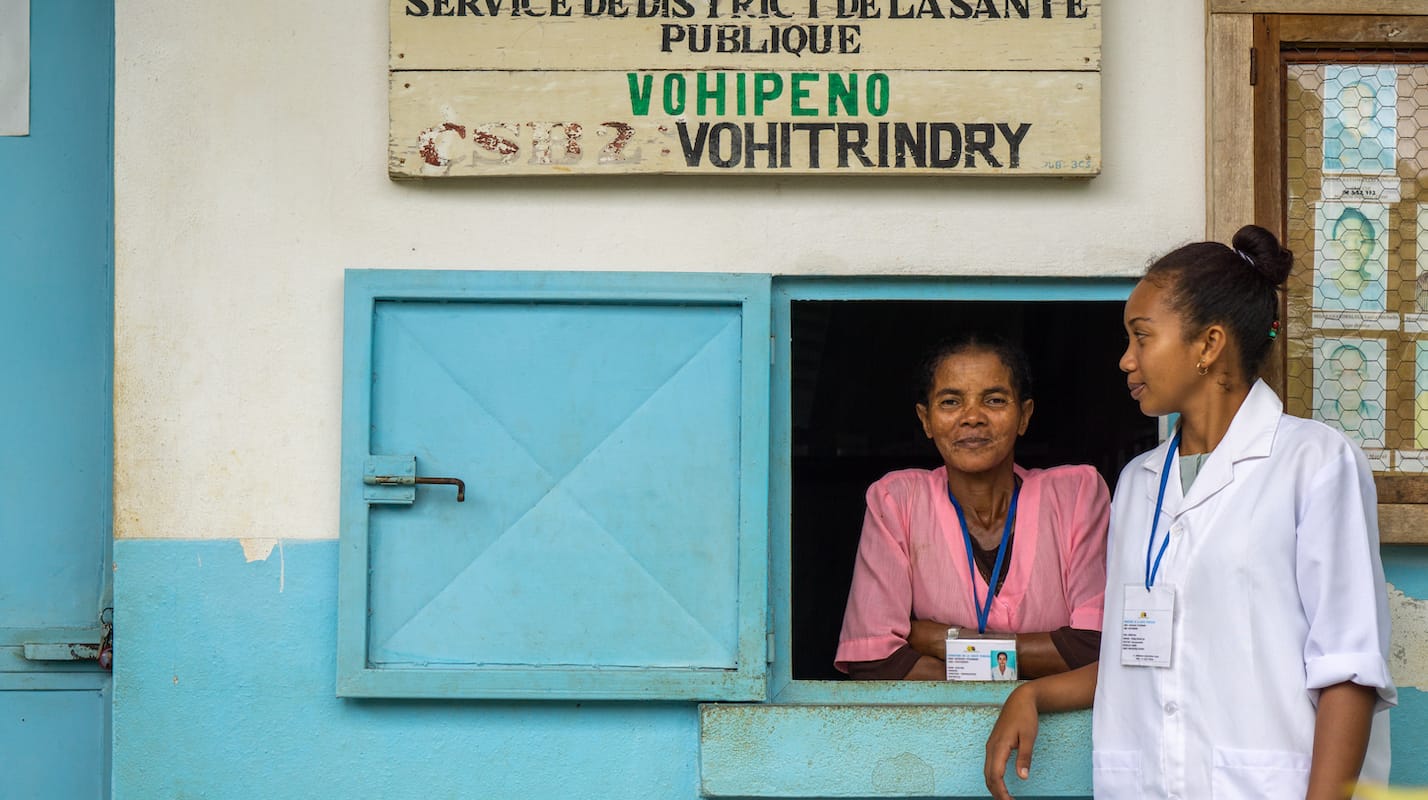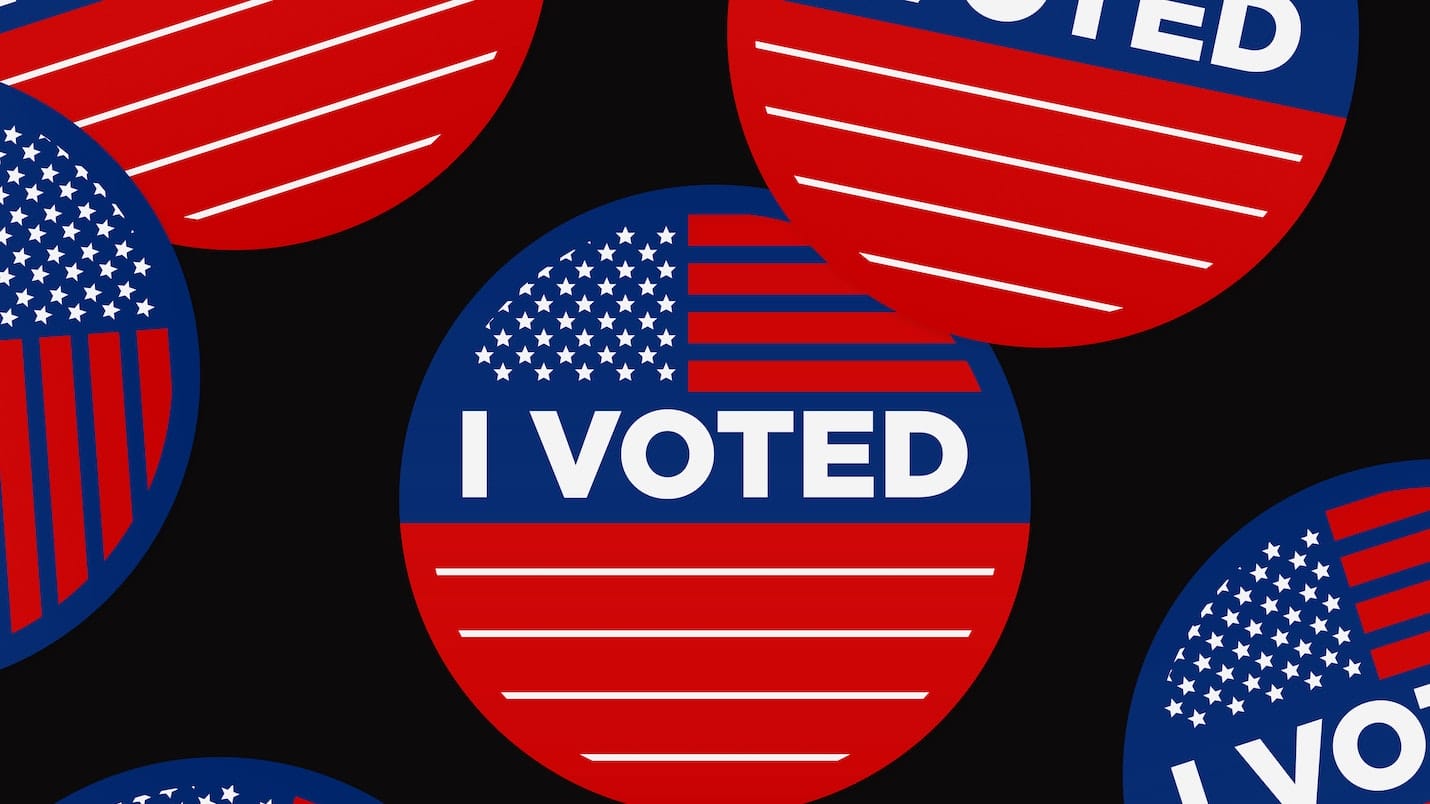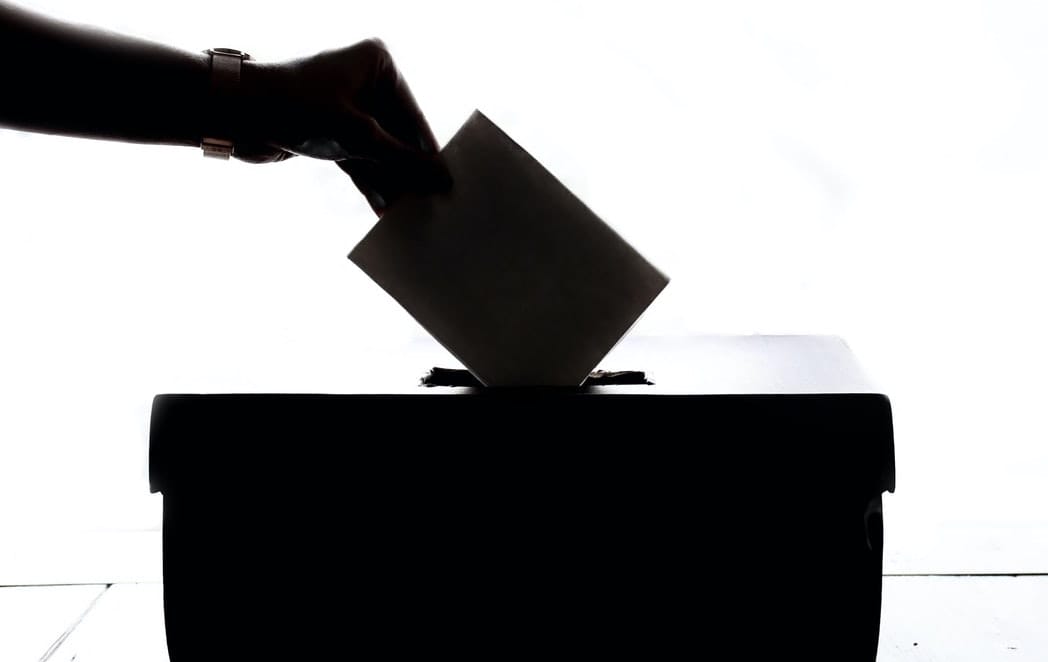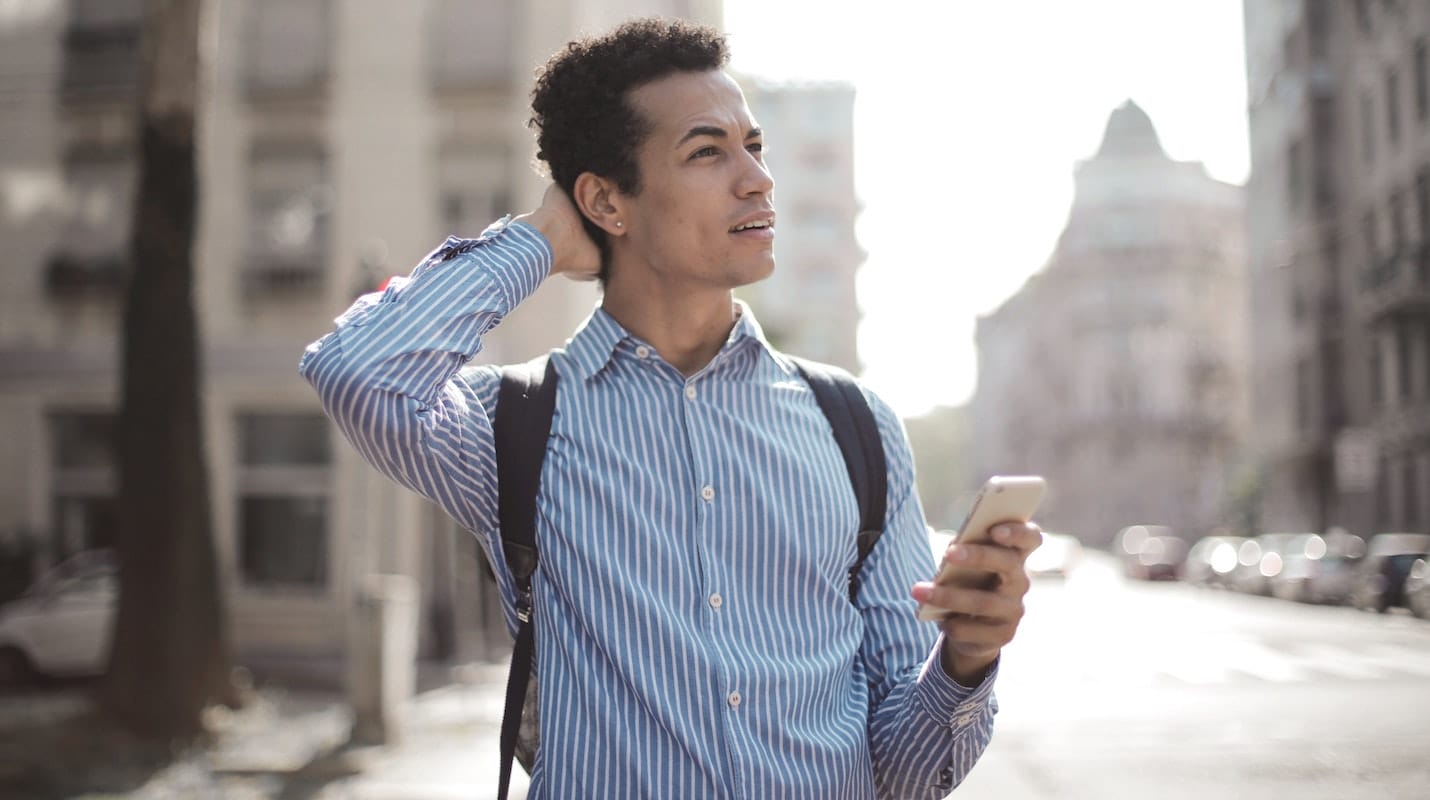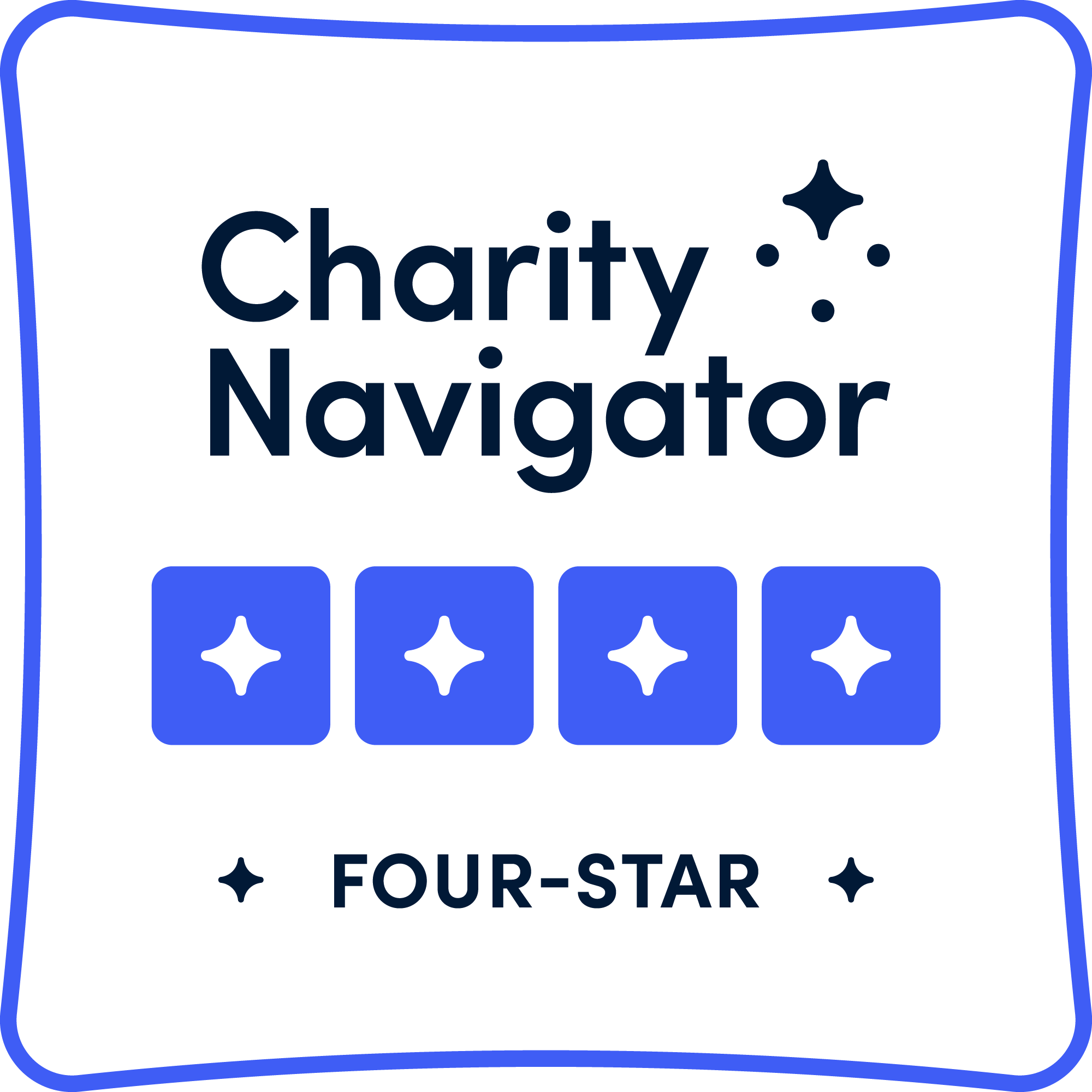
The Road to Equity: 4 Ways Behavioral Design Has Made New York City Services More Accessible (So Far)
by ideas42
Local government agencies directly impact millions of people’s day-to-day lives, providing essential public services that keep our cities running. Yet we know from behavioral science—the study of how people make decisions and take action in the real world—that there are many reasons programs and services don’t reach as wide or diverse of a population as […]
